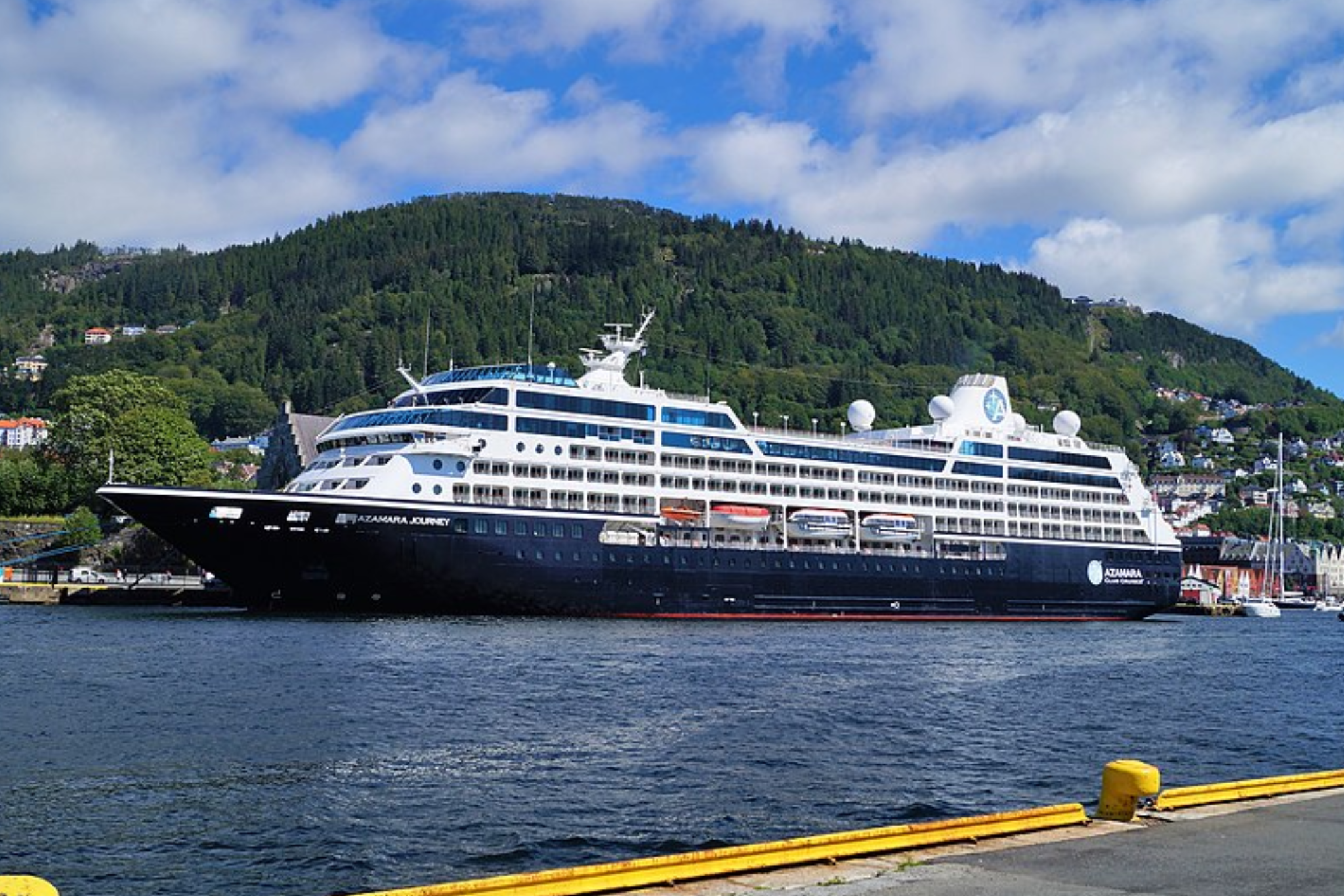Finding the right mix of safety messaging on travel sites

”We found that everybody still has messaging on their homepage when it comes to safety and health protocols. [Some cruise lines] have the messaging on their product description page. And all of them have it in the booking pages.
Nicola Clark, VP Marketing Services at Making Science
34
Azamara uses on-site testing to optimize safety messaging
Background
Current events can have a huge impact on what matters most to consumers at any moment. Especially in the travel industry, companies must adjust their messaging to safety measures without discouraging consumers from taking a trip. When travel started to gain momentum again due to a downturn in COVID severity, Azamara needed to find the right balance between showing its safety protocols and allowing travelers to concentrate on the joy of booking a trip.
The challenge
Safety is still very important to travelers. But just how much safety messaging should be included, and what’s the best way to demonstrate those safety measures?
The approach
We began by creating a hypothesis: If we present page visitors with more subtle safety messaging, they will be more likely to continue along the buying journey. We tested a couple of key elements:
- Images related more closely to safety than COVID-19 (for example, an icon of a band-aid rather than a vaccine)
- Showing more information about general safety vs. information about monetary protection
- On-page COVID-19 messaging vs. hover messaging
Scope
Making Science teamed up with Azamara to create experiments within a testing platform to see whether these updated messages had an impact on a consumer’s likeliness to move forward with booking.
Results
We found that relatively few people were interested in clicking to “learn more” about safety protocols. It could be inferred that, at this time, consumers are more excited about getting back on the road than reviewing safety information they’ve likely seen many times throughout the last couple of years. By maintaining safety messaging, and testing different variants of that messaging, we brought about a 34% lift in revenue on the variant over a 60-day period.






 Cookie configuration
Cookie configuration